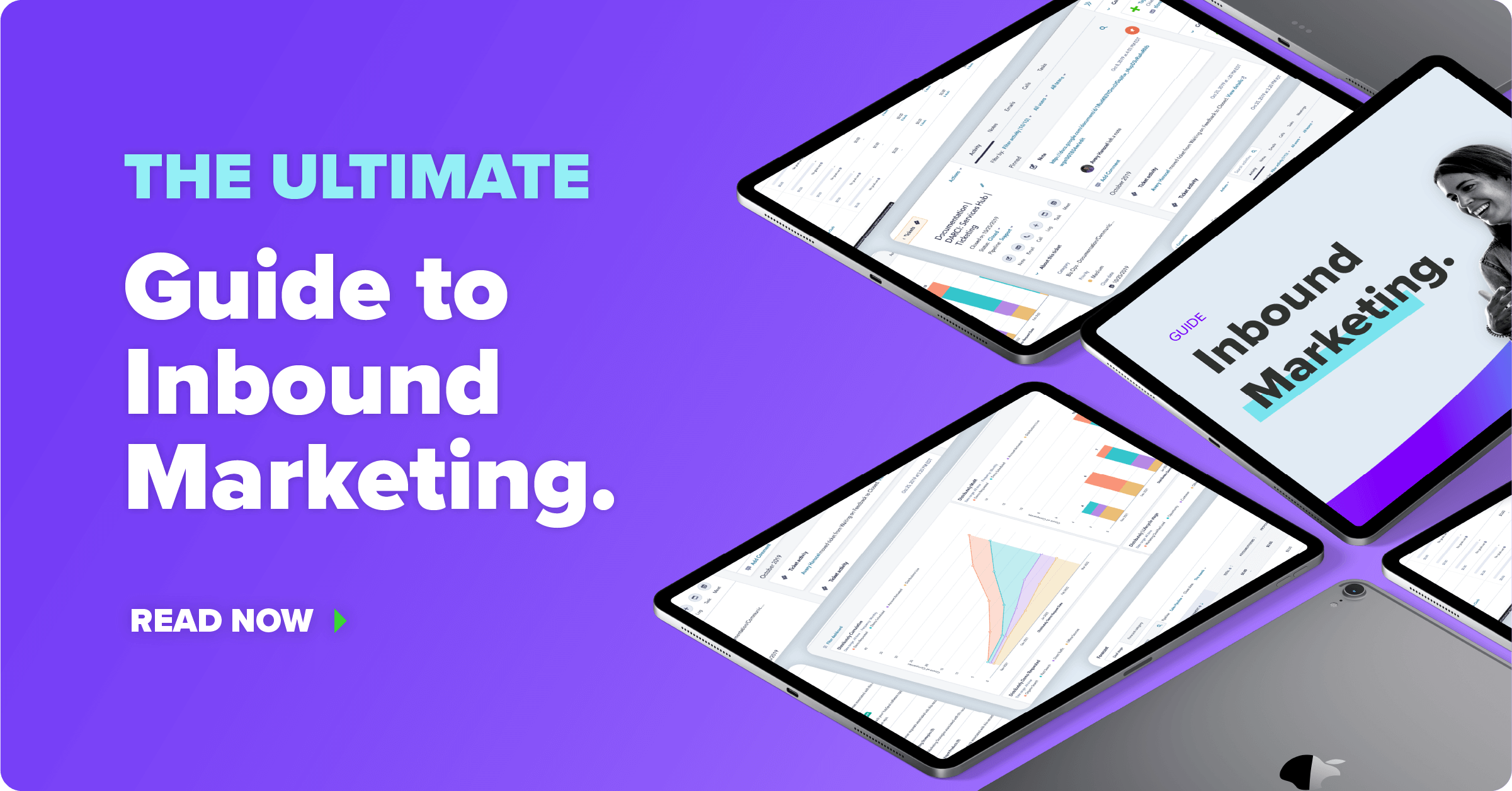B2B SaaS: How to Use Review Content to Get Found and Convert More Prospects Into Buyers
Review content has found its way into many parts of the modern shopping experience. We go to Yelp when looking for a restaurant in a new part of town. We read reviews on Amazon before selecting a pair of curtains. We assess an Uber rating before getting in a car with a stranger, and the Uber driver assesses our passenger rating before picking up a stranger.
Reviews are mental shortcuts. An efficient way for us all to make hundreds of buying decisions a year.
For B2B buyers, the process is no different. For prospective customers, reviews help build trust in a company and add more context surrounding the value of a product or service.
- Reviews build trust: People want to hear from their peers, customers without an obvious agenda and similar needs and desires. Not easily influenced by the company, these opinions tend to be very influential
- Reviews add context to the product: Reviews help a prospect build a well-rounded understanding of the company or product. They can add more detail about the customer experience, how long it takes for the product to achieve results and identify issues the prospect had not considered
On the flip side, as a B2B company reviews will help with discovery via review sites and search results and drive conversions due to validation from current customers.
- Reviews help discovery: Reviews left on Google and other search engines directly impact search rank, and those left on B2B review sites (G2, Capterra) show up in organic search
- Reviews drive conversion: Reviews usually become relevant once a prospect has discovered your business and is looking for validation that making contact is a good choice. An overwhelming catalog of happy customer testimonials is extremely influential.
But, there is a reason good reviews are a competitive advantage. They’re tricky. As a form of user-generated content (UGC), the marketer or business owner is not in control of what the customer will say. There is an optimal approach to getting a lot of good reviews, but if your service is bad, your product falls short or your onboarding takes too long, the proper review strategy will not fix the fundamentals.
How to Generate a Lot of Reviews from Your Customers
The vast majority of your customers won’t leave you a review unless asked. Spiegel found 80% of reviews originated from follow-up communications.
When unattended, we tend to see review content from highly motivated customers: raving fans or unhappy patrons. Ideally, your reputation should be a fair representation of your customer base, not just a sporadic 1 or 5.
To fix this problem you need to do two things:
- Ask every customer for a review
- Make it easy for the customer to get to the review page and leave feedback
To generate a lot of reviews you need to be proactive as a business — offering a good product and hoping for the best won’t work. You need to solicit reviews, and at scale, you need a reliable system that can do most of the work for you.
How not to obtain reviews
When starting, we commonly see businesses try to generate reviews using a handful of manual methods. While effective at generating a few quick wins, the process degrades over time. It creates busy work for the team and has a high likelihood of human error and fatigue.
These methods all fail in the long run:
- Asking customers one-off
- Contests
- Employee incentives
- QR codes
Contrary to some popular advice, you don’t need to offer anything for a review. Instead, a great product or service and an easy review workflow will get the job done. Also, we don’t recommend an employee incentive program. More affordable automated solutions will save the company money and your staff a lot of time.
To put this in context, let’s run through a quick employee incentive program example. Say you sell 500 transactions in a month. If the team can ask all 500 (big if) and the close rate is 20%, you’re looking at 100 reviews. Solid performance. But if you’re offering $5 a review, the total cost to the company is $500 plus labor.
How to reliably ask for reviews at scale
When compared to a manual approach or costly employee incentive programs, software can achieve a high level of performance for less money and no labor cost.
Review generation is a numbers game. It’s not possible to generate more review content than you have customers, so start by leveraging every opportunity: ask every customer and make the process easy to complete.
If your business is healthy and functioning properly, most likely the majority of your customers had a good experience. In fact, when properly attended to, 88% of your reviews should be positive. If your reviews are not as positive as you would like, the problem is likely solved by capturing the perspective of more happy customers, rather than a fundamental business change. Make the process convenient and easy, and more of those happy customers will convert, raising your star rating in the process.
Operationally, that means asking via a channel convenient to your customers and using software to guide them through to the review page on the same device in a few simple steps.
The best way to do this is to automate through your CRM. Doing so will make the process seamless, infinitely scalable, reliable and devoid of human error. When taking this approach, for every 100 customers you ask, about 20 should leave a review, and around 90% of those reviews should be 4 or 5 stars.
For HubSpot users, consider an app that can integrate with HubSpot deal flows to send SMS review requests automatically. Within the Hubspot app ecosystem, Widewail uses this approach.
Which B2B review sites should you focus on?
Once you begin to send requests for reviews, the next step is to decide where to send customers.
There are different types of consumer review websites:
- Google: A juggernaut, responsible for most review content on the web. If your business is local or found via location-specific searches, not only do you need to have a Google My Business account, you should likely focus all review content to Google. Alternatively, if your business is e-commerce or software, send reviews elsewhere; the local SEO benefits of Google reviews are far less relevant
- Industry review sites: Most industries will have at least one review site dedicated to capturing vertical-specific content. For example, hospitality (TripAdvisor), solar (SolarReviews), restaurants (Yelp) and B2B SaaS (G2, Capterra) to name a few
- App marketplaces: For software businesses, app marketplaces such as HubSpot or Shopify prominently feature review content
Once you have identified the relevant places to send reviews, pick the top three to focus on based on their likely business impact. For example, for a software business, app store reviews and software review sites are good places to start. You could consider sending all review content to a single, high-value site, or swap your target site every one to three months.
How to Maximize the Value You Get from Reviews
Once a review is posted about your business, no matter the site, it now lives in the public domain. Content from your customers isn’t limited to just the site it was left on, so use that content anywhere you can.
- On your website: For social proof on testimonials pages, product pages, homepage, landing pages
- In or to get case studies: The content could be useful in a case study, but more likely you’ll need to work more directly with the customer to get approval for a case study. Use glowing reviews as a conversation starter in pursuit of a more robust case study
- Ad creative: Instead of laboring over the perfect ad creative just reuse your happy customer’s words
- Performance badges: Companies like G2 offer badges for your site when you achieve a certain status on their site. Yes, this is a marketing move for G2, but adding this additional status symbol to landing pages will contribute to your perceived credibility.
Takeaways
Today’s online economy thrives on trust, and consumer reviews are at the core. No matter the business you are in, a proactive review generation and management strategy should be part of your marketing strategy.
A key catalyst in the buying process, reviews build trust and add context for your buyer and drive discovery and conversions for your business. However, you can’t just expect customers to leave a review without a prompt and clear direction. The good news, today the challenges and inefficiencies of contests or internal referral programs are a thing of the past.
Capturing and sharing the opinions of your happy customers is your key competitive advantage, and can be done easily with CRM integration and automation software. The output will be a flood of new positive review content for the world to see with no additional work for your team to make it happen. A win-win.
Jake Hughes
Jake is the Marketing Manager at Widewail, as well as a husband and new dad outside the office. In Vermont by way of Boston, where he grew the CarGurus YouTube channel from 0-100k subscribers. He loves the outdoors and hates to be hot, so he's doing just fine in the arctic Vermont we call home. Fun fact: he met his...





